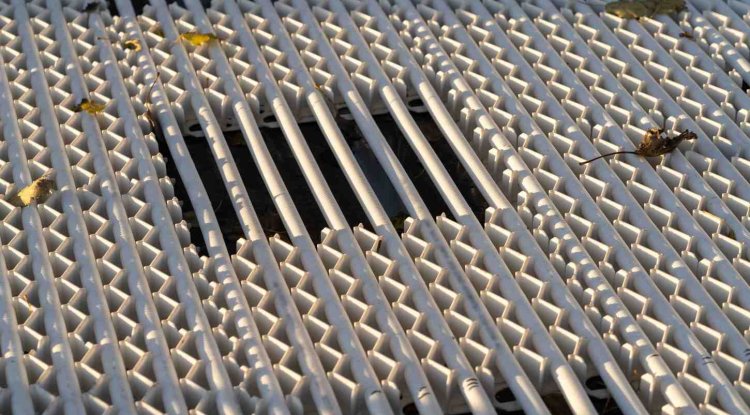Sustainability in Steel: How Modern Fabrication Reduces Waste and Carbon Footprint
Steel structural design is evolving rapidly, driven by a growing focus on environmental responsibility. As construction and manufacturing professionals face increasing pressure to reduce their carbon footprint, steel fabrication has proven to be a surprisingly sustainable solution. Modern fabrication techniques, advanced technologies, and innovative design approaches are changing how we view steel’s environmental impact—making it one of the most recyclable and efficient materials in today’s built environment.

The Environmental Challenge Facing Steel Fabrication
Traditional steel production has long been associated with high energy consumption and significant carbon emissions. The construction industry accounts for nearly 40% of global carbon emissions, with steel production contributing a substantial portion of that total. However, the narrative is changing rapidly.
Today's steel structural design services face a dual challenge: meeting growing construction demands while dramatically reducing environmental impact. Project managers and design engineers are now required to balance structural integrity, cost-effectiveness, and sustainability—a challenge that demands innovative thinking and cutting-edge technology.
98%
Steel Recyclability
Without Quality Loss
40%
Industry Emissions
From Construction Sector
How Modern Steel Structural Design Services Minimize Material Waste
Waste reduction begins long before the first piece of steel is cut. Modern steel structural design services leverage sophisticated digital tools to optimize every aspect of fabrication, from initial design through final installation.
Precision Digital Modeling
Building Information Modeling (BIM) and advanced CAD software enable engineers to visualize every connection, beam, and column before fabrication begins. This digital-first approach identifies potential conflicts, optimizes material usage, and eliminates costly field modifications that generate waste.
Optimized Nesting Algorithms
Computer-aided nesting software arranges cut patterns to maximize material utilization from each steel plate or beam. What once resulted in 15-20% material waste can now be reduced to 5% or less, saving both resources and costs while reducing the environmental burden of excess production.
Prefabrication and Modular Design
Off-site fabrication in controlled environments minimizes on-site waste, reduces transportation needs, and improves quality control. Modular steel components arrive ready for assembly, dramatically reducing construction timelines and eliminating the waste typically associated with field modifications.
Advanced Fabrication Technologies Reducing Carbon Footprint
|
Automated Cutting and Welding Energy-Efficient Production |
|
The Role of Design Optimization in Sustainable Steel Projects
Structural Analysis and Load Optimization
Advanced finite element analysis allows engineers to design structures using precisely the amount of steel needed—no more, no less. By optimizing member sizes and connection types, design teams can reduce total steel tonnage by 10-30% without compromising safety or performance.
Design for Disassembly
Forward-thinking steel structural design services now incorporate end-of-life planning into initial designs. Bolted connections instead of welds, modular components, and documented material specifications ensure that steel structures can be efficiently disassembled and repurposed decades later, extending the lifecycle value of every beam.
Right-Sizing and Performance-Based Design
Rather than applying conservative safety factors across the board, performance-based design uses detailed analysis to specify exactly what's needed for each application. This approach, supported by companies like Consac through comprehensive engineering and digital solutions, ensures optimal material use while maintaining rigorous safety standards.
Implementing Sustainable Steel Practices in Your Next Project
01 Partner with Experienced Fabricators
Choose fabrication partners with proven sustainable practices, modern equipment, and digital design capabilities. Check their waste management protocols, energy sources, and recycled steel usage.
02 Invest in Digital Design Tools
Use BIM and advanced CAD early. Digital modeling reduces material waste, minimizes change orders, and improves coordination across all disciplines.
03 Specify Recycled Steel Content
Require minimum recycled content percentages. Modern steel products often contain 90%+ recycled material without compromising strength or durability.
04 Embrace Prefabrication
Maximize off-site fabrication to reduce waste, improve quality control, and accelerate construction. Prefabricated steel assemblies produce 50-70% less waste than site-built alternatives.
05 Document and Track Performance
Set sustainability metrics at project outset and monitor throughout execution. Track waste diversion, embodied carbon, and energy consumption to enable continuous improvement.
What's Your Reaction?

















